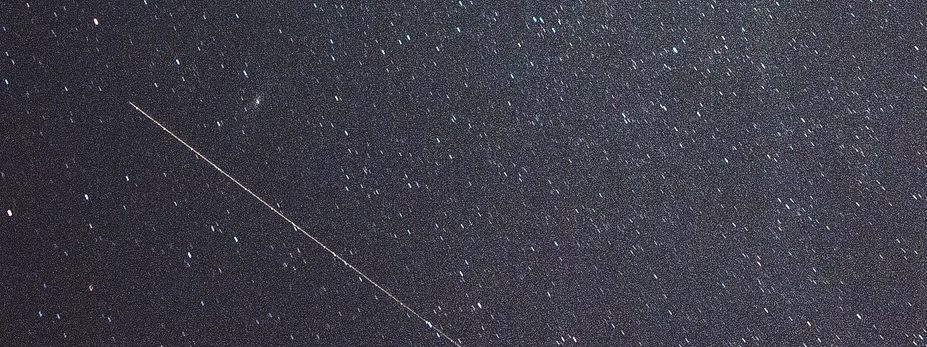It’s always fun and special to see a shooting star.
Going outside after midnight this time of year, you can look up and see many shooting stars.
It is officially called the annual Perseid Meteor Shower. Earth is crossing the path of the Comet Swift-Tuttle, which has left debris which falls to Earth and burns up on entry, making a trailing burst of light.
These steady streaks of bright meteor trails radiate from a point in the constellation Perseus, the Hero. They radiate out to appear in all parts of the sky, frequently leaving persistent trails. Perseid Meteor Showers tend to increase in number after midnight, and are the most numerous just before dawn.
Although the official peak of this Perseid Meteor Shower is August 12 – 13, they can be seen for about a week before and after. This year, the Moon is bright in the sky at the peak of the showers, and may interfere with seeing these shooting stars. Therefore, you might want to look before the peak while the moon is not as full. While you are out watching the sky, you should be able to see Saturn, which is visible until about 2 AM, and Mars, visible until about 4 AM.
Look now before dawn and look often! However, if you live in a city, they may be washed out by the ambient light and blocked by buildings. If you are serious about seeing this meteor shower, go to a wide open area away from buildings. Unless you live in a rural setting, you may want to go camping with family or friends!
Make yourself comfortable. This is nighttime summer recreation at its finest. You might sit in a reclining lawn chair and cover up with a blanket or sleeping bag. Let yourself adjust to the darkness. Let your eyes go soft, taking in a wide field of vision including your peripheral vision.
If you have a group of friends or family, you can face in different directions so that each can call out when they see a meteor. That way you can direct your attention to it before it burns out or see its afterglow. As they are known to come in different colors, notice the speed and color.
Keep looking at the location of a Perseid meteor steak after it has faded from view, as you are in for a surprise. As common with these meteors, you may catch a meteor train, which is a glow that persists in the sky for a moment or two after the meteor is gone. It is caused by ionized matter luminescing in the wake of the incoming meteor.
If you are still up at the end of the Perseid shower as it gets light, look for Orion. As dawn breaks, you can see the three bright stars of Orion’s belt rising in the east.
There are meteor showers at other times of the year. However with all the dust from Swift-Tuttle, this shower has a high frequency of sightings. Plus, being in the summer, it is more welcoming to be outside at night staring up at the sky.
Take this opportunity for a wonderful celestial experience on a summer night!
Please comment below about your meteor watching experience.





